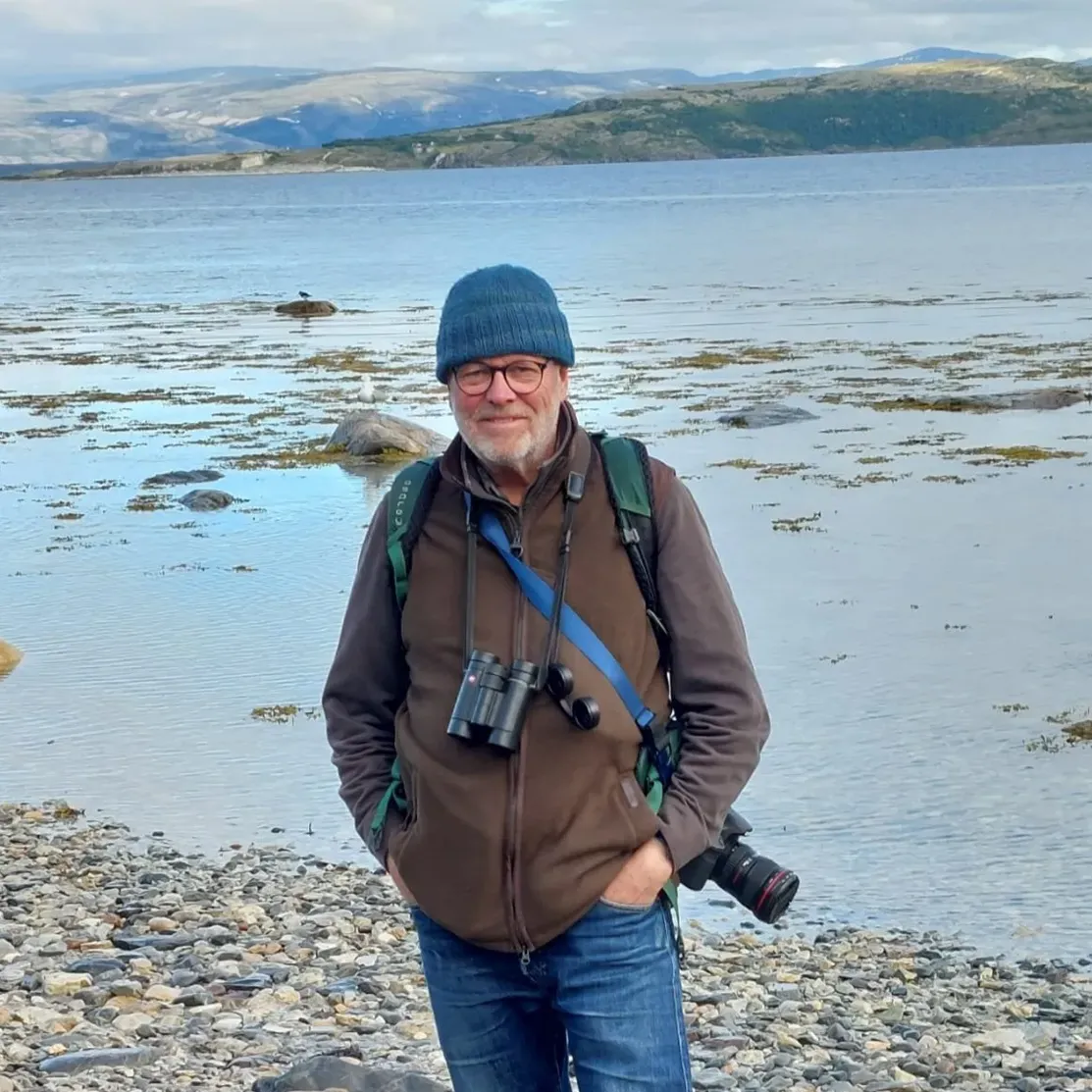Citation

Overview
Large-scale population estimates of species are used for several reasons, including the assessment and protection of important sites. However, determining a national population requires extensive surveying and using methods that allow counts to be scaled up to the number of birds actually present and across a larger area.
In more detail
This new BTO study looks at different methods used to estimate the population of Nightingales in the UK. Nightingales have declined by 61% in the last 25 years and therefore determining which sites contain the largest populations is vital. The study focused on 2733 2x2 km squares, 2356 where Nightingales were known to be, as well as randomly-chosen squares whose selection was stratified based on habitat suitability. By using different analytical methods, the final population was estimated to be between 5094 and 5938 territorial males, of which only 55-65% were counted during the surveys. It is therefore important to consider how to fully control for variability in detection and for birds outside of surveyed areas when estimating national populations.
The study also highlighted the importance of Lodge Hill SSSI for breeding Nightingales, which was designated for its nationally important population of the species, based on the results presented in this paper.
This study would not have been possible without the 1281 surveyors who visited squares to survey Nightingales. The study was funded by Anglian Water with additional funds from donations by BTO members and supporters and the Nightingale Supporters Group. We are very grateful for the awards made to the survey by 14 charitable grant-making trusts (including the Chapman Charitable Trust, the William Haddon Charitable Trust, The Mercers' Charitable Foundation, The Michael Marks Charitable Trust and The Jack Patston Charitable Trust) and thank our Fundraising Team, especially Rachel Gostling and Sam Rider for organising the Nightingale Appeal.
Abstract
Estimation of national population size can be important for setting conservation priorities, but its methodology has received little critical attention. Sites for highly aggregated species are often prioritised if they contain 1% of national or biogeographic populations, but the utility of this approach for other species is unclear.
To make recommendations for study design, we present methods used to estimate the UK population size of the common nightingale Luscinia megarhynchos. We assess the sensitivity of the population estimate to the analytical method used and identify sites of national importance for this territorial songbird.
Survey effort was directed by prior knowledge of the species distribution and the survey design maximised detectability by focussing on the period of greatest song output. We used three different statistical methods to account for detectability, estimating that 55%–65% of the national population was detected during surveys.
Birds in areas not known to contain the species accounted for 13%–23% of the population estimate. Methods to account for these individuals contributed the greatest uncertainty to the results, due to the difficulty of surveying a very large sample of random sites and consequent need to stratify the sample.
The 12 derived estimates ranged between 5,094 and 5,938 territorial males, with the confidence limits ranging from 4,764 to 6,534. Site delimitation, using clustering based on nearest‐neighbour distances, identified one site clearly of national importance and several others potentially nationally important, depending on the population threshold and clustering distance used.
Synthesis and applications. National population estimation is difficult and requires that species‐specific variability in detectability, and individuals present outside surveyed areas are accurately accounted for through survey design and statistical analysis. Accounting for these sources of error will not always be possible and will hamper efforts to assess true population size and consequently to determine whether sites, however defined, exceed critical thresholds of importance. Resources may be better invested in other activities, for example, in generating population trends based on relative indices. The latter are generally easier to produce, potentially more robust and arguably more suitable for many conservation applications.



